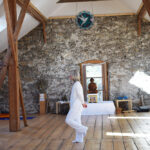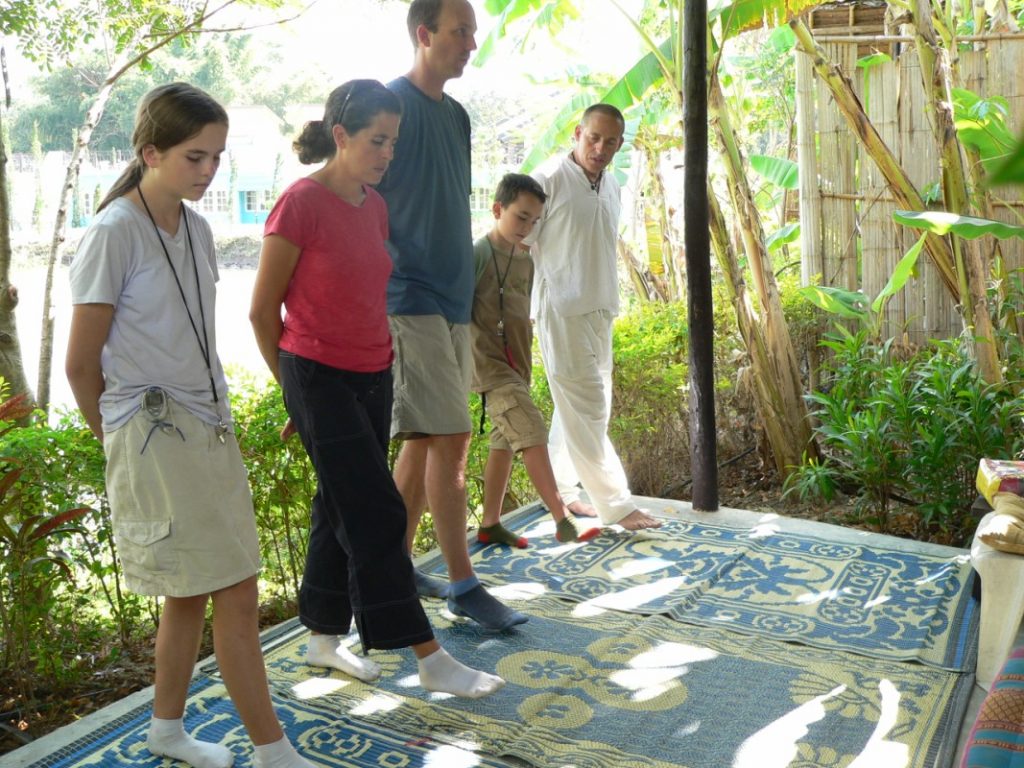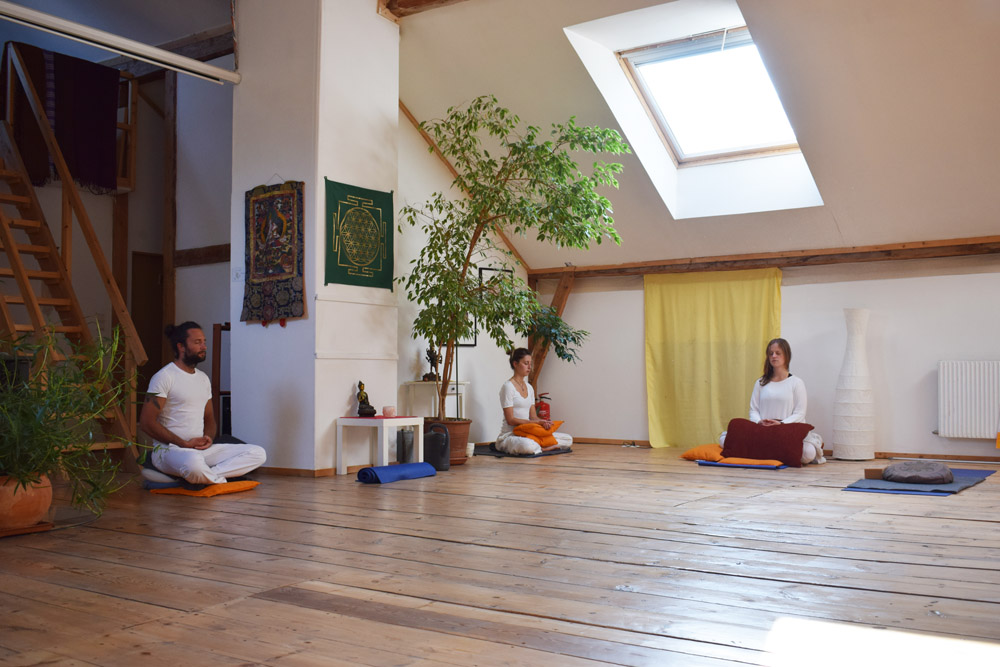Vipassana is a Pali word; wich means
Seeing clearly, seeing things as they truly are
Vipassana
What is Vipassana
Many of us want to contribute to the world. But how can we help and make peace?
We can begin by giving and contributing to ourselves. When we find peace and wisdom within, we can become a radiant light for many others who are also looking for peace and happiness.
How does Vipassana Meditation help you in finding peace and happiness?
Generally, we have perceptions of ourselves and the world around us. Often, this perception is distorted by greed, anger, doubt, fear and delusion. We are not able to see these hindrances very clearly.
As we practice Vipassana, we are witnessing the arising of these hindrances. Instead of trying to avoid them or push them out of our mind, we see (acknowledge) them by making a mental note of them and then letting them go by bringing our attention back to the meditation practice.
If we react out of greed, anger and delusion, we are fighting fire with fire. But without reacting, we fight fire with water.
Here, we can begin to find peace and allow the Insights to arise showing us that all these experiences are transient (impermanent).
Mindfulness
Mahãsi Vipassana
The practitioner engages in mindfulness of movement in walking meditation. In seated mediation, the practitioner is mindful of the breath. We start by paying attention to inhaling and exhaling. In both forms of meditation, one becomes mindful to any arising mental or physical phenomenon. Ultimately, we engage with anything that arises by noting and labeling them, without attaching any further conceptual thinking.
Vipassana is based on four Foundations of Mindfulness (Satipatthana):
- Mindfulness of the Body,
- Mindfulness of Feelings,
- Mindfulness of the Mind, and
- Mindfulness of the Mind Objects.



By noticing the transitory nature of physical and mental phenomena, the meditator becomes aware of the continuous evaluation of these experiences. Thus allowing wisdom to arise and observe the three characteristics of phenomena. i.e. Impermanence, Suffering and Non Self.
When the meditator comprehends Impermanence, Suffering and Non Self; thinking subdues and mere observation stabilizes without evaluating thoughts or experiences.
( Vi = clearly, specially, into, through + passana = seeing)
Vipassana is the direct and intuitive understanding of the true nature of all mental and physical phenomena.
Daily Schedule
Vipassana
These courses are designed equally for people with no experience as well as experienced practitioners.
There will be a comprehensive introduction to the course for those who have not practiced before.
Each practitioner will have a private daily meeting with the teacher where he/she will have an opportunity to discuss their practice and any difficulties they have. Here, they will also receive guidance about their practice. There is always an opportunity to speak to the teacher if any difficulties arise.
Anyone who has any questions, requests or difficulties may speak with the teacher, the assistant or a member of the staff. Practice should not be discussed with other individuals apart from the teacher and/or the assistant.
All practitioners are required to abide by the rule of noble silence.
Sometimes in the evening there will be a Dharma talk, where the teacher will tell a story or talk about experiences to give you more insight into the meditation technique.
All meals are vegetarian.
Time Table
Mahãsi Vipassana
4:00 Wake up
A gong will sound to wake you up.
Individual Meditation (sitting, walking, with breaks)
6:30 -7:00 Breakfast
Individual Meditation (sitting, walking, with breaks)
11:30 – 12:00 Lunch
Individual Meditation (sitting, walking, with breaks)
17:30 – 19:00 Evening Snack (optional)
Soya milk drinks, yoghurt, chocolate
Individual Meditation (sitting, walking, with breaks)
22:00 Bed Time
Generally this is the retreat schedule; But it can be altered in accordance to certain needs
What to bring
VIPASSANA ESSENTIALS
Traditionally vipassana is practiced in neutral (white) clothing. Please bring at least 1 set of white clothes
A countdown timer (not the one on a mobile phone) if possible.
Toiletries: Soap etc.
Please let somebody know where you will be during your stay and give a contact number of the centre or email address in case of an emergency.
The teacher works on a volunteer basis who relies on the generous giving of the practitioner to cover travel/living costs etc. To make it possible for courses to continue and for others to benefit from this practice, donations are greatly appreciated.
If you prefer to transfer money by bank – please contact Martin.
It is also possible to use Paypal payment.
You can use this link to transfer money directly to Martin through Paypal.
